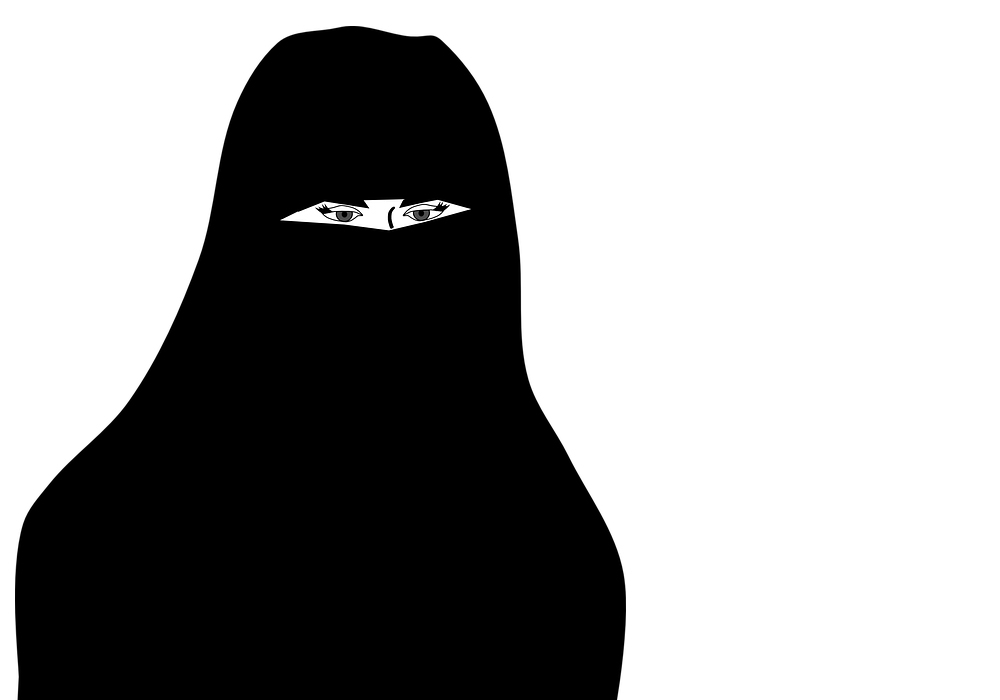Sanaa Said, Contributor
Featured image courtesy of Pixel Bay
So what is it like being a black woman and a Muslim in North America?
I may be able to speak for most of us by saying we are the triple threat. We embody three main attributes that have been historically stigmatized and oppressed by hegemonic North American ideologies.
As March 8th approaches, people around the world begin to prepare to celebrate International Women’s Day. IWD is a day that is celebrated worldwide and its purpose is to respect women and recognize their social and political achievements. However, year after year, we fail to recognize the lack of acknowledgment and discourse around the intersection of oppressive institutions.
In Western feminism, questions of intersectionality, such as how being a black Muslim woman, differs from being a white Christian woman, is not addressed. Most women recognize that we live in a patriarchal society; a society in which women, regardless of race and religion, are oppressed, degraded, and constantly stagnant in our sociopolitical spheres because sexism is institutionalized. However, people do not seem to admit that even within these social constructs, there is a hierarchy where women of colour and Muslim women are a part of the inferior end of the hierarchy.
Yes, we should be talking about topics such as the wage-gap, but are we discussing the wage-gap between white women and women of colour as well?
As an intersectional feminist, I recognize that sexism, racism, and Islamophobia work together to oppress people like me and take away our right to life and liberty. As a 22-year-old female, I have had my fair share of experiencing bigotry and systemic oppression. It is harder for me to get to get a job, let alone a job interview and in the off chance I do get an interview, more times than none, it does not go well.
It is no secret that Muslim women who choose to wear the hijab are easy targets for hate crimes, as seen in Toronto right after the Paris attacks late last year. Many have us have considered taking off our hijab. But at those times, many of us find ourselves questioning how much easier our lives would be if we did take off our hijabs. Yes, the Islamophobes would have a hard time identifying us, but that is just one layer of the issue. At the end of the day we are still black and we are still women.
This issue goes beyond looking at it from a dominant white, male, Judeo-Christian lens and transcends into spheres within our identities. As a black woman practicing the Islamic faith, I face racism from other Muslims who are non-black people of colour.
I face discrimination as a black person, as a woman, and as a black woman.
Consider how Ethiopian women were treated in Israel, as reportedly, the government forcibly injected them with long-lasting contraceptives to prevent them from getting pregnant. Albeit these women were Jews, this illustrates how black women are victim to discrimination and human rights violations regardless of them being of the same faith.
Understand that black women are victims in any type of setting.
It’s difficult to discuss the many layers of oppressions marginalized women face in one article. This intersectionality goes deeper and can only become uncovered when people think critically. Being a marginalized woman anywhere in the world constitutes oppressive circumstances in the social, political, and legal spheres. These issues stem from structural problems and seeps its way down to micro levels and violating many different human rights.
Thus, it is time to put the spotlight on what has gone under wraps for too long. It is time to recognize that women are defined by and navigate this world through multifaceted identities that hinder their prosperity because of oppressive ideologies.
Like us on Facebook, @excalweb


